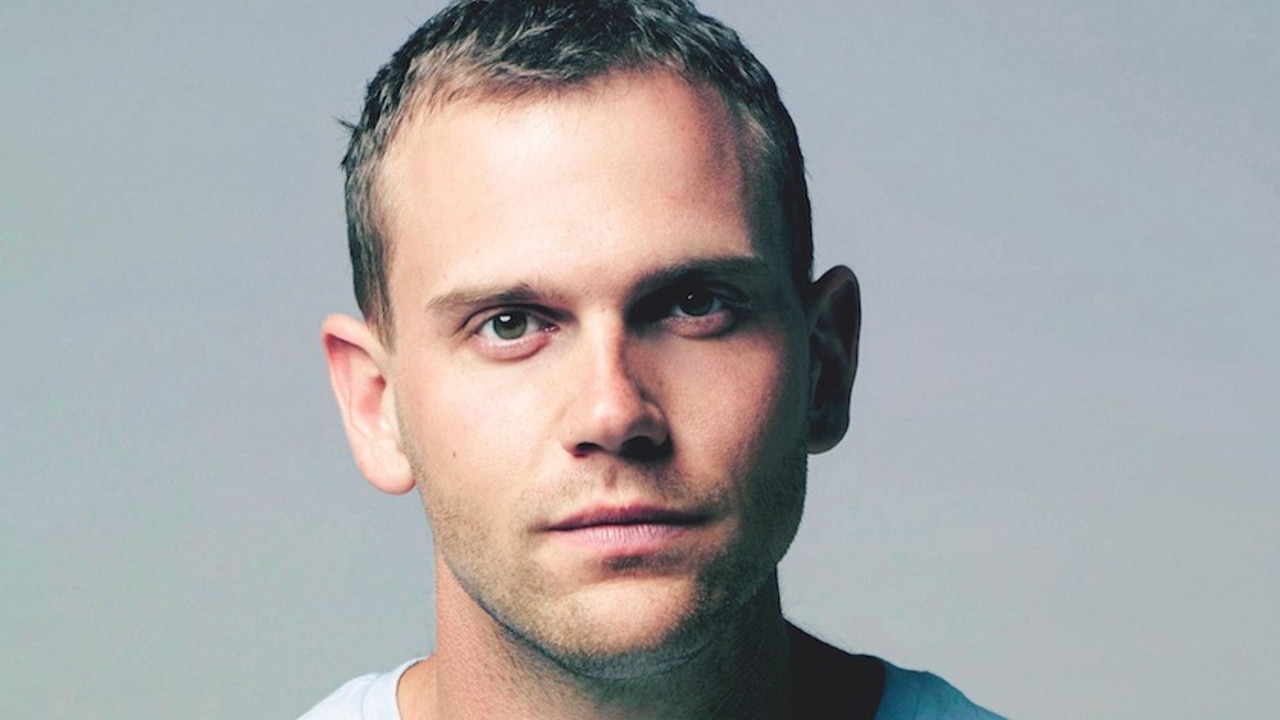Drones filling Queensland skies within dangerous proximity of aircraft
IT’S taking off in popularity among amateurs and professionals alike. But authorities fear a disaster is simply a matter of time.
TENS of thousands of drones are flying the skies – some at dangerous heights within range of aircraft – as authorities battle to enforce laws.
The small remote-control craft, which can be bought as cheaply as $300, are hovering over seven times the legal height limit, at 3000ft, with daredevils recording their exploits on a flight-tracking website.
EPIDEMIC: CASA swamped by drone incidents
LATEST FAD: ‘Dronies’ the new selfies
VIDEO: Drones selling Sunshine Coast
With drone prices dropping and ownership soaring, experts have warned greater regulation is needed before a major air accident. Authorities are struggling to catch lawbreakers and prosecution has been limited despite numerous breaches, some of which are uploaded online as videos.
The Civil Aviation Safety Authority estimates tens of thousands of drones are being flown by recreational users, with skills ranging from amateur to expert.
This compares with about 40 operator certificate holders in Queensland and 170 nationally, who must get approvals to fly, have a radio licence and pass an exam before being granted a licence, similar to an airline pilot.
Australian Certified UAV Operators president Joe Urli told The Courier-Mail increased enforcement action of illegal drone use was needed to avoid a major air accident.
The laws – currently under review – are more than a decade old.
Mr Urli said it was alarming that a drone in America came within 200m of a Boeing jetliner on approach to land and the threat of an incident in Australia was real.
“It’s not a question of if it will happen, it’s a question of when it will happen,” he said.
The Australian Transport Safety Bureau warned recreational operators using drones outside of regulations “may pose a significant risk to aviation safety” following a similar incident in Australia.
The crew of a passenger plane preparing to land at Perth Airport in March had to take evasive action after an object, believed to be a drone, came towards it at 3800ft.
Earlier this year a drone almost collided with a helicopter in Newcastle at 1000ft, when it came within 100ft, prompting an investigation.
In a case on the Gold Coast, a tourist filmed himself flying over the tallest building Q1, reaching heights of more than 1000ft with his $1000 drone. He then flew over the beach, as people sunbaked below.
“If I broke any laws then I do regret that,” the man posted.
Australian regulations require that recreational drone users fly below 400ft in controlled airspace, which covers most cities, have the drone in their line of sight and not fly at night.
It also restricts users from flying over “populous areas” including beaches, backyards, heavily populated parks and sports ovals.
It also prevents people from flying within 5.5km of an airfield or within 30m of vehicles, boats, buildings or people.
Licensed users need approval to fly in controlled airspace, along with flying above 400ft and can also apply to fly in other areas with special permits.
Mr Urli said “cloudsurfing” where people flew above cloud level, had become a dangerous subculture within the recreational industry.
“It’s ignorance to law and safety of the public and air safety at large,” he said.
“The uncertified unlicensed people probably are totally oblivious to the regulation but that’s no excuse, their ignorance of the law is no excuse.”
He said a terrorist incident was a scenario that needed to be considered.
“It could be perceived as a weapon,” he said.
“We are talking about multiple UAVs – a coordinated effort could be used in an unlawful a way.”
Mr Urli said drones should be highly regulated in terms of registration of craft and who could control them.
Privacy concerns have also been raised around the use of drones, with warnings they could be breaching laws by making observations or recordings.
“We are seeing people with no (aviation) background suddenly acquiring these things that can reach 3000ft,” Mr Urli said.
In addition to these cases, The Courier-Mail witnessed a drone in airspace used by helicopters at a police incident last month. The drone was being used by an unlicensed operator claiming to be providing it to a television station.
Greg Weatherall, of Platinum Drones, said he had spoken with 50 recreational users who had experienced “flyaways” in the past year.
A flyaway is when the user no longer has control of the craft which continues travelling on its own and disappears.
“Obviously, wherever the battery runs out is where they fall from, when they lose power they fall from whatever height they are at,” he said.
“I live on the Gold Coast and know of people flying in the controlled air space of the Coolangatta Airport on a regular basis.
“If I was a pilot or a helicopter pilot I would be worried.”
Mr Weatherall, who works predominantly in the real estate and lifestyle sector, said it took him more than a year to get his qualifications, which included a private pilot’s licence, a controller’s certificate and completing his own operator’s manual.
A spokesman for CASA confirmed infringement notices had been issued in Queensland for people breaking the law, but did not specify how many cases and said in “extreme” cases CASA recommended prosecution.



